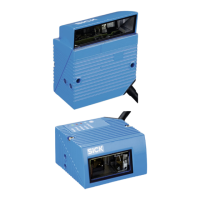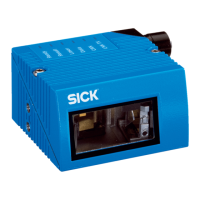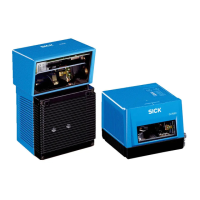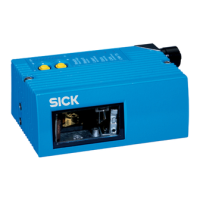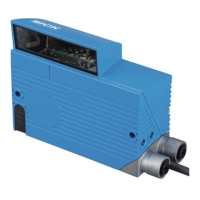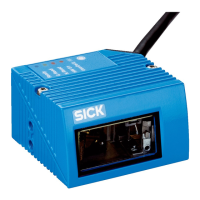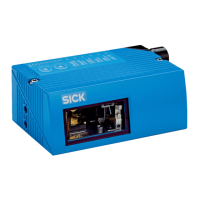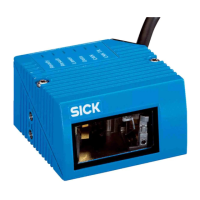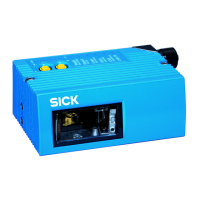What to do if voltage supply is not sufficiently dimensioned in SICK Scanner?
- MMr. James Nelson DDSAug 6, 2025
If the voltage supply for your SICK Scanner is not sufficiently dimensioned or the cables used have too small a cross-section, ensure the voltage supply is adequately dimensioned and use appropriately sized cables.
